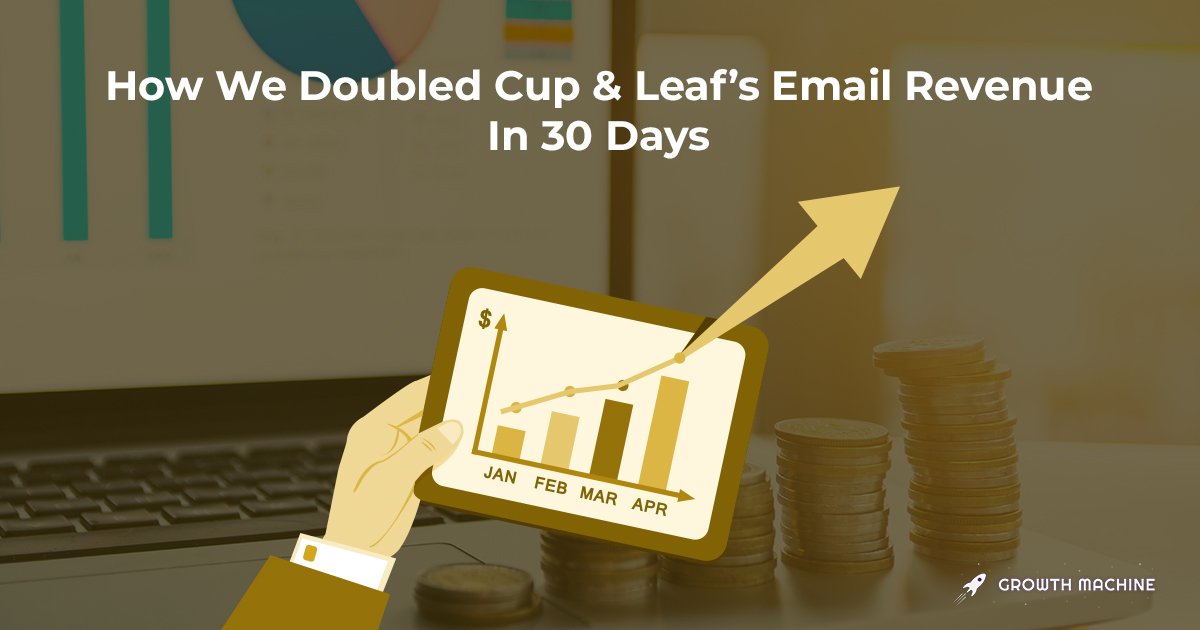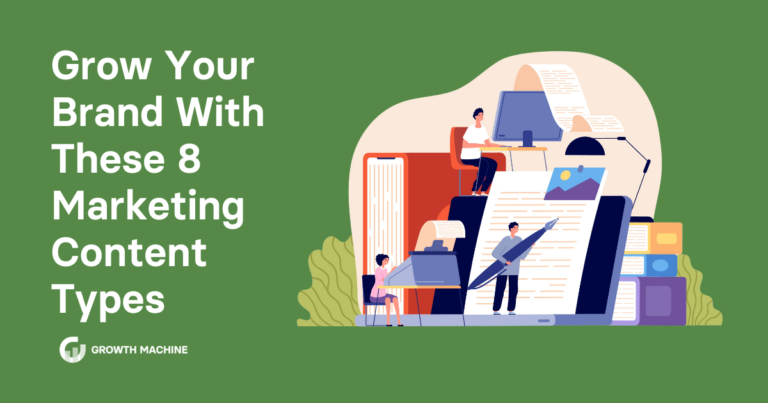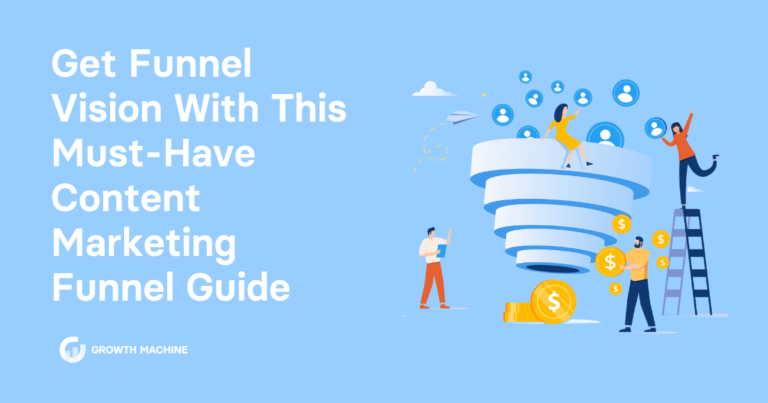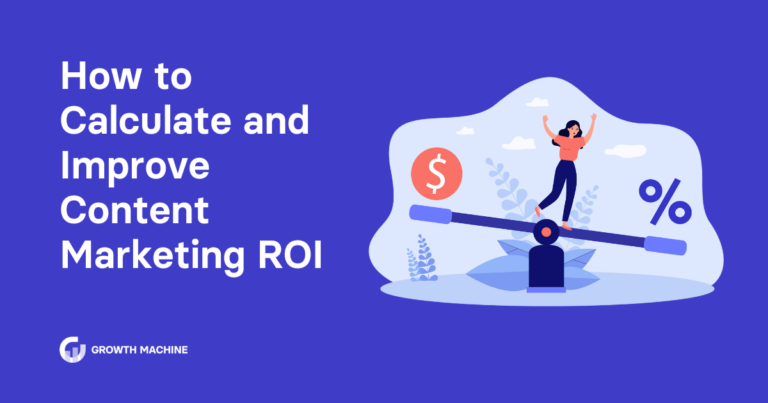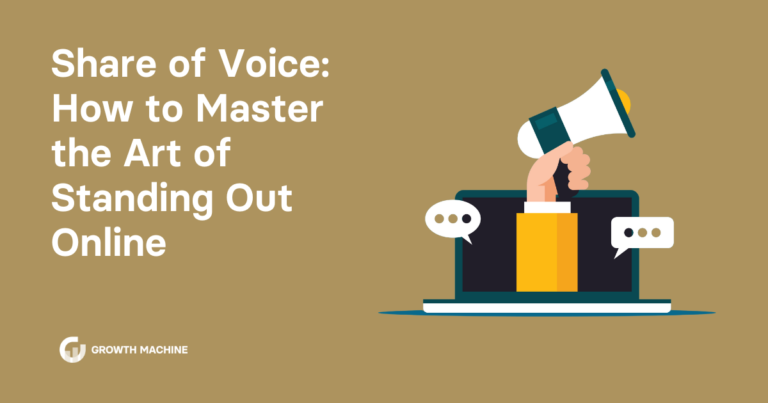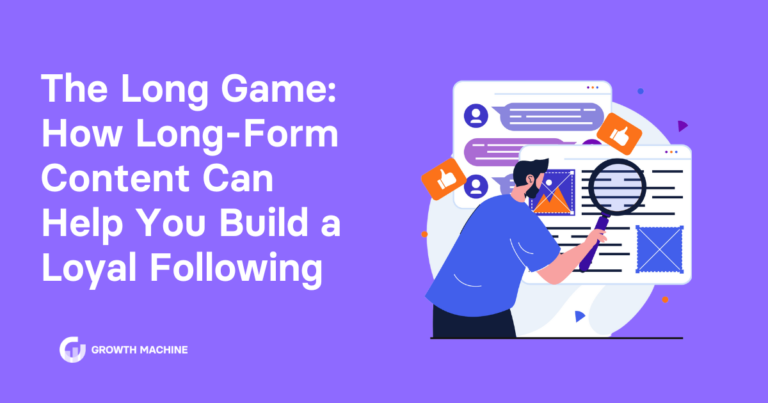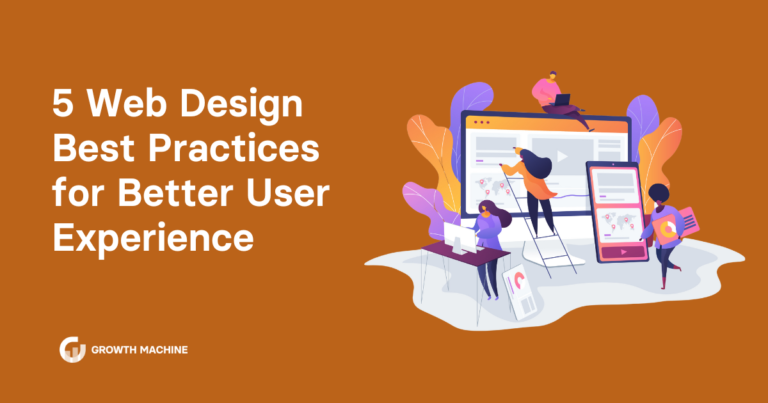How We Doubled Cup & Leaf’s Email Revenue In 30 Days
Intro from Nat:
A few months ago, we hired Danavir Sarria’s agency Slice & Dice to help get Cup & Leaf’s email marketing rolling. We hadn’t put much effort into it, just a few automated Klaviyo series, and we figured there would be some opportunity for improvement.
30 days later, he more than doubled the revenue we were generating from email, both by improving our campaign cadence and sprucing up our automated flows. It also helped us get significantly more out of our quiz funnel, which was already converting pretty well.
After the initial period was done, Danavir asked if he could share some of what he did with us on the blog, and we thought it would be a great fit.
Whether you’re a new ecommerce store looking to start your email marketing, or already getting some sales via email and want to improve your revenue from email, you’ll get a lot out of this post.
With that, take it away Danavir!
Scaling Cup & Leaf With Email Marketing
Email marketing is the biggest growth opportunity for the majority of ecommerce brands today. We’ve consistently seen brands scale anywhere between 10%-30% almost overnight by giving email marketing the same time and attention as paid advertising.
This is what my email agency, Slice & Dice, did for Cup & Leaf. By giving some extra attention to their neglected email marketing, we increased Cup & Leaf’s email revenue by 206.32% in just 30 days.
To quickly recap their backstory, Cup & Leaf started out as a side project to demonstrate Growth Machine’s ability to build a blog from scratch with SEO. After 18 months, Growth Machine grew Cup & Leaf from 0 to over 100,000 uniques per month.
This made Cup & Leaf a “unicorn” in the tea space.

However, because it was a side project and almost all attention was directed towards the blog, not much time was put into optimizing Cup & Leaf’s email marketing operation.
So after a quick email audit revealing the huge opportunity Cup & Leaf had to drive more revenue, we took over their entire email marketing operation and did it for them.
Here’s how we did it…
Step #1: Differentiate The Brand
The #1 mistake most ecommerce brands make with email is forgetting that it’s less about the email and more about the message. If you can’t clearly present your offer, answer objections, and tell the right stories across the entire customer journey, your emails just won’t convert as well as you hope they will.
And the most important message to relay to your subscribers is your USP.
Fortunately, after talking to Nat, we learned that the Cup & Leaf blog was the largest tea blog in the market. So, we decided to play that up as our clear reason why people should care about Cup & Leaf teas.
By changing the focus from the product to the blog, Cup & Leaf was able to go from just another tea store to “The World’s Largest Resource For Tea Lovers”. Incidentally, this new positioning statement also provided the firepower for an entirely new brand identity.
Cup & Leaf was now about being the “smartest” provider of tea.
By claiming the educational angle, it created the story about how you don’t come to Cup & Leaf to buy unique tea. Instead, you come to Cup & Leaf to get the insider advice you need to buy the right tea for you. We just happen to sell that “right” tea after we tell you what it is.
How To Create An “Us vs Them” Product Story
Second, because Cup & Leaf was smaller in terms of revenue compared to competitors, we used that as an advantage to tell an additional story to up the quality of our products.
Naturally, bigger companies are driven by revenue. Every decision is based on ROI. So we positioned them as the “enemy” who only sold what they sold because that’s what their spreadsheets told them to sell. They were money focused, not passion focused.
On the other hand, Cup & Leaf may be small, but that’s because they don’t sell a single tea that hasn’t been personally taste tested and vetted by the founders, who also happens to be a tea connoisseurs you can trust. All of which makes a huge difference for people who care about tea.

This David vs Goliath angle always works well, especially to enthusiasts.
Cup & Leaf now had a real message we could tell through email.
Step #2: Revamp Cup & Leaf’s Email Designs
In our experience, most ecommerce brands spend way too much time, energy, and resources trying to create emails that look like pieces of art. The focus should always be on delivering a strong message, rather than looking good for the sake of looks.
Cup & Leaf had the opposite problem.
Because it was a side project, not much attention was put into the email creative. This lead to a very barebones look that actually took away from their credibility, positioning, and overall brand. If you received an email from Cup & Leaf, there was no visual identifier, besides the logo, that would let you know this was an email from Cup & Leaf.
Design is the simplest and fastest way to establish credibility, so we had to fix this.
The solution? We decided to scrap the current design and start from scratch.
In our experience, food and beverage products, especially those with health benefits, require the opposite type of creative you see used by lifestyle products. To sell a food or beverage, you need to explain a lot more so the customer gets a complete idea of what you’re selling and why they should buy now.
So we developed a “master template” that upgraded the creative to fit this. It was simple, copy-focused, and allowed all visuals to really stand out to support the copy. For colors, we stuck to Cup & Leaf’s primary color of green. And lastly, we used both product and lifestyle images within the emails to promote the product.
The end result?
An email that looks like it’s coming from a real brand.

Step #3: Automating Cup & Leaf’s Email Revenue
In ecommerce, email flows are the closest thing you’re ever going to get to true “passive income”. In fact, a fully optimized flow strategy should automate around 50% of your total email revenue. Of course, the problem with most flows is that they are never optimized to their fullest potential.
This is where Cup & Leaf was struggling.
They had the basics down with welcome flows, cart abandonment, post-purchase, and even a quiz flow that easily outperformed their other flows. However, they needed a complete revamp of their creative if the goal was to make as many sales as possible, as soon as possible.
So we re-did all of their flows.
For this case study though, we’re going to cover the two main flows that had the biggest impact for Cup & Leaf.
The Welcome Flow
The welcome flow is probably the most important flow you can have. It’s the sequence that receives the most amount of subscribers, it sets up new subscribers for everything else you do, and it’s usually one of your most profitable flows too.
To optimize the welcome flow, the focus should be on brand.
For Cup & Leaf, this meant creating a long-form welcome email focused on their origin story. The length of this email is something most ecommerce business owners would scoff at, but after 30 days, it became one of Cup & Leaf’s highest performing emails.

The flow then followed up with direct response pitches to buy now since new customer acquisition was a priority for the brand.
The Quiz Flow
From the start, we knew the emails had to be revamped from the ground up with more compelling copywriting and graphic design. With that said, after analyzing their data, we found an interesting stat that led to this.
Cup & Leaf emails usually sold multiple products in one email.
However, the data revealed that almost all clicks in those emails went to one link.
In addition, it was a quiz flow. This meant it lent itself to a hard selling sequence.
This lead to multiple changes, such as:
- Optimizing all flows to focus on just one strong offer per email
- The best offer to promote was a best selling product
- Repositioning the offer as a recommendation
- Providing a full sales pitch to effectively sell the product

Step #4: Sending Weekly Promotional Campaigns
Campaigns are the emails everyone cares about because they usually bring the largest amount of revenue in a single day. Yet, oddly enough, most ecommerce business owners are afraid of using them. Most will send campaigns sporadically and worry more about “brand” than actual sales. This is the opposite of what you want to do.
With campaigns, you need to be consistent at all costs.
The amount of emails you send to your list is directly correlated to how much revenue you generate from it. Plus, the less you email your list, the more likely they’ll forget about your brand and stop engaging with you.
By the time we came on, Cup & Leaf had only sent 9 campaigns in the past year.

That meant we were dealing with a cold list and with virtually 0 data to build on. So instead of trying to do anything complicated, we went for the simplest possible strategy to start collecting data, drive sales, and re-engage the list as soon as possible.

With this in mind, we decided to send 2 emails to the entire list every week. One email would promote a blog, and the second email would be a promotional email. This 1-2 combo made it easy to keep frequency up without burning out an already cold list with multiple weekly promotions. At the same time, it also allowed us to quickly test if promotional or content emails performed better from the get-go.
How To Prevent Burning Out Your List
Email frequency is a huge topic in email marketing.
How much is too little? How much is too much? What about list burnout?
As with most things in marketing, it “depends” and the best thing you can do is “test”. With that said, we’ve found that most fears of around email frequency are unfounded. You can typically send more emails than you think you can.
In fact, we’ve found sending 2-3 emails per week is a great cadence for most ecommerce brands. The key is to understand when to send content, when to send promotions, how to segment your list, and how to set expectations.
Since there are a lot of variables though, here are some best practices you can follow based on what we’ve seen do well…
- Don’t send emails to your entire list, just active subscribers
- Never go an entire month without sending at least 1-2 pieces of content
- Be consistent so subscribers can expect your frequency
Overall though, just focus on giving subscribers the experience they want.
Step #5: Optimizing An Email Marketing Operation
Unfortunately, most ecommerce brands never actually get to the optimization part. But the brands who do are always doing the best. In this phase, your goal is to beat all of your older “controls” and like with paid ads, test everything.
This is where we could really play with Cup & Leaf.
Luckily, we found an interesting “loophole”.
During our campaign strategy, we discovered that sending emails promoting Cup & Leaf’s middle of the funnel content actually made 3-5X more sales than our standard promotional emails. In other words, subscribers didn’t actually want a reason “why” to buy now. Instead, they actually needed to know what to buy in the first place.

In addition, we also tested if there were other ways to improve promotional campaign performance. We found out that holiday promotional emails consistently overperformed compared to standard promo emails. These holiday promotions were also produced in a new, long-form copy email format that led to a stronger sales message and we sent segmented variations of the same email based on purchasing behavior.

This led to a complete new campaign strategy.
We switched from our original 1 content, 1 promo email strategy to delivering 2 MOFU content pieces per week. Then, on holidays, we sent this new type of holiday-themed promotional emails.
Conclusion
The reason why email marketing is such a big opportunity for most ecommerce brands is because there is always something else you can do to improve results. There are no algorithms. You are the algorithm. And when you invest the same time, attention, and resources to email as you do with paid ads, you will see massive results.
For Cup & Leaf, this meant a 206.32% increase in email sales after just 30 days.
If you’re still confused about what steps to take though, focus on this…
Creating a message that compels subscribers to buy
Revamp your flows and focus on high-intent sequences like Quiz flows
Send 2-3 promotional campaigns every single week, no excuses
Look for outliers in your data, do more of that, continue testing for more outliers
That will just scratch the surface of what’s possible with your email marketing efforts, but it will put you ahead of 90% of other businesses out there.
This is exactly what we do with clients over at Slice & Dice.

